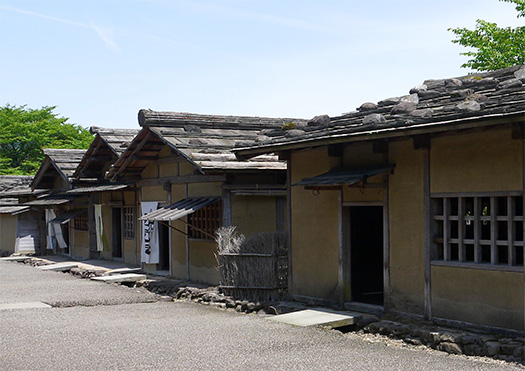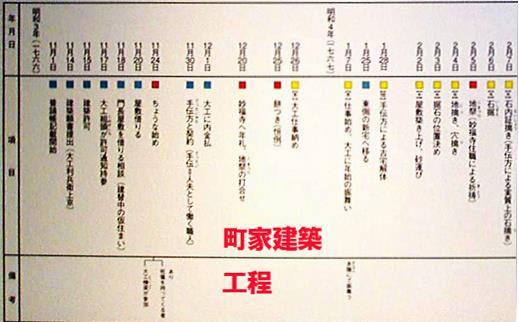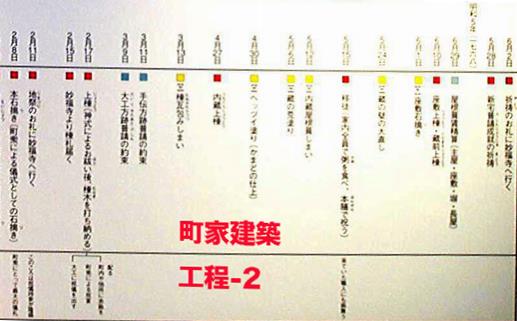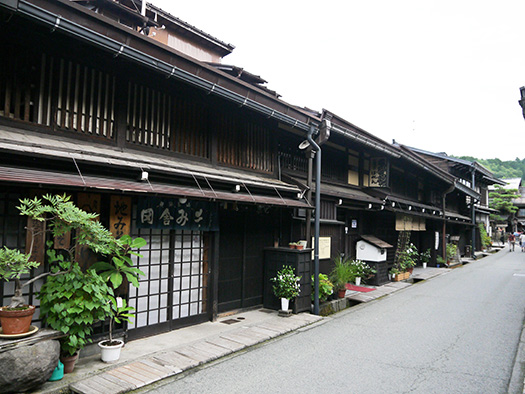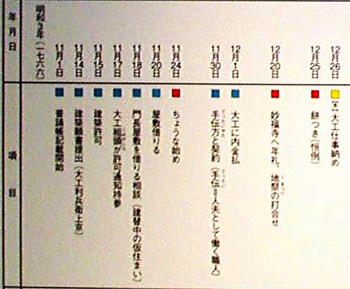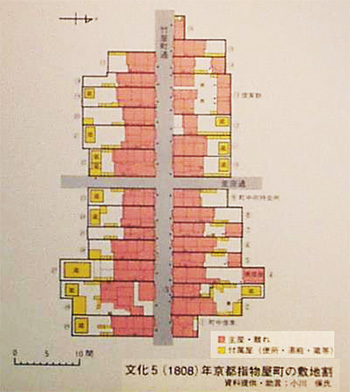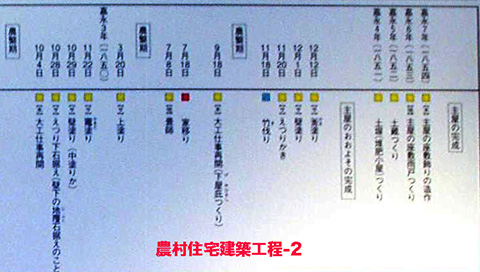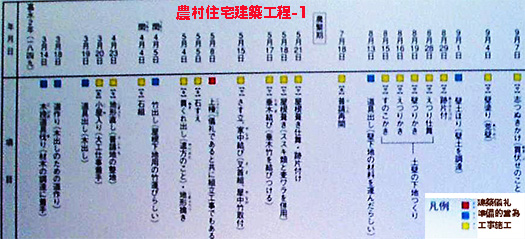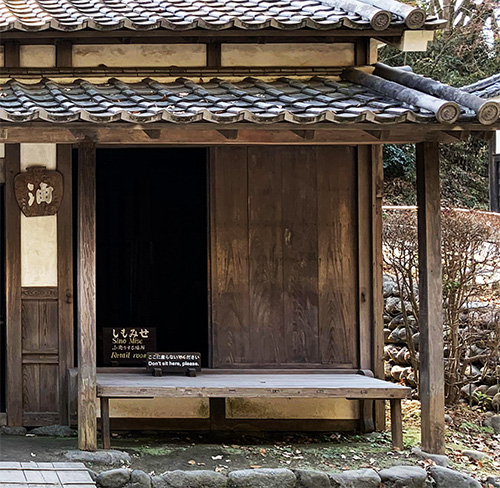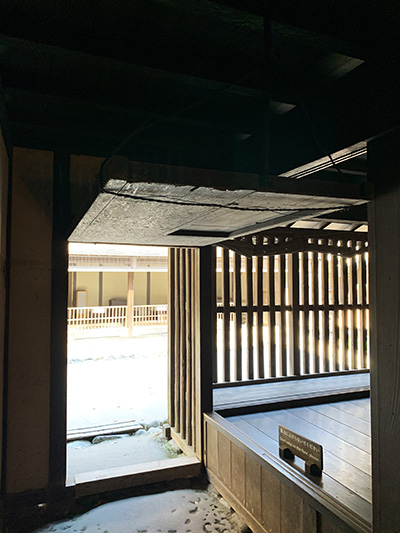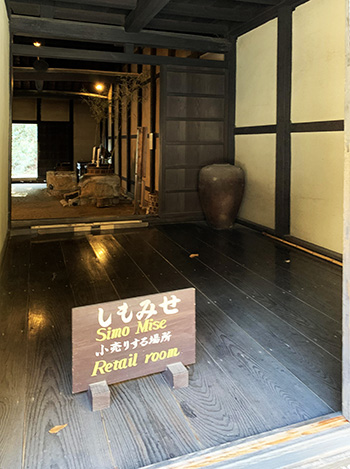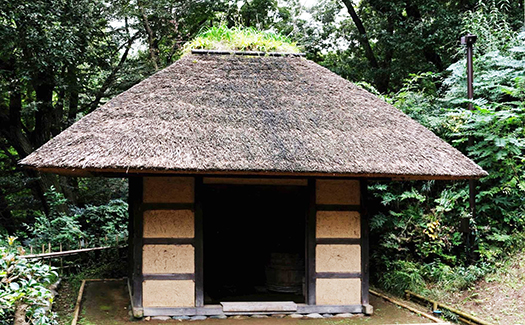動物たちの世界では繁殖期を迎えると、オスの方が特徴的になる。
とくにこのオシドリの場合、メスは普段着の色合いが深まる程度だけれど、
オスの方は極彩色に衣替えしてまことにキッチュに美しい。
北国北海道ではまだラブシーズンには間があるのかも知れませんが、
そろそろつがいになろうかという時期。
オシドリなので、その夫婦仲の良さには毎年微笑まされる(笑)。
いのちの繁栄ぶりはまことに目出度いばかり。
で、札幌円山公園の池では雪融け以降、
かなりの個体が確認できるようになって、
どうも「餌付け」する人もいるようで、近寄っていっても
逆にもっと近づいてくれるような個体も散見される。
こういう人間慣れした個体はふつうはメスの方が目に付くのですが、
一昨日、近づいてきたのはごらんのオスくんでした。
群を単独で離れてわたしの足下方面に2本足歩行してくる。
あ、鳥ですから足は2本しかないので人類と同様。
わたしと目線を交わしたりはしなかったけれど、
その目つきは十分以上にわたしの存在を意識していることが伝わってくる。
たぶん「おい、エサくれるんだろ、早くくれや」
というようなコミュニケーションを感じさせられる。
わたしは、自然動物への餌付け習慣は持っていないし、
その生態系破壊行為はやはりやめるべきだと考えてはいます。
しかし、こういう「対話」機会はまことにうれしいのも事実。
たぶん狼やネコ科小動物などと人類の最初の出会いも餌付けだろうから
イヌやネコとの人類の関係まで考えれば、
こうしたオシドリと人類の間で餌付けを介して親密になることも
けっして否定はできないかも知れませんね。
そうでなくてもカラスたちは人類の食べ残した残飯を貴重な
「自然からの贈り物」として類としてながく受益してもきたのでしょうし、
あれはダメ、これはいいというようにも言い切れない。
う〜む、哲学的迷宮入りみたいですね。
現実はそんなことを考えるいとまもなく、
1分少々の時間、オシドリのかれが近づいてきて、
「ふん、なんもくれないのかよ」という残念感を漂わせ、
尾ハネを細かく振りながら、
「あ、こいつダメだから」と仲間の元に引き上げていった次第。
期待に添えなかった人類の代表として、
感謝の念は十分に感じつつ、自然派エコ理念から
「これでいいのだ」と天才バカボンのパパ状態をキープしていました。
・・・でも、たぶんかれはもうわたしには近づいてこないでしょうね(笑)。
一期一会、楽しかったです。
English version⬇
[Dialogue with the mandarin duck who was confused early in the morning]
In the animal world, males become more distinctive during the breeding season.
Especially in the case of this mandarin duck, the color of the female wears deeper, but
The males are really beautiful in kitsch by changing their clothes to vivid colors.
There may still be a gap in the love season in northern Hokkaido, but
It’s time to get together.
Being a mandarin duck, the good friendship between the couple makes me smile every year (laughs).
The prosperity of life is truly remarkable.
So, at the pond in Sapporo Maruyama Park, after the snow melted,
It became possible to confirm a considerable number of individuals,
It seems that some people “feed”, even if they are approaching
On the contrary, there are some individuals who come closer.
Females are usually more noticeable in these human-accustomed individuals.
The day before yesterday, the one who approached me was the male.
Leaving the group alone, I walk on two legs on the lower surface of my foot.
Oh, because it’s a bird, it has only two legs, so it’s the same as humankind.
I didn’t look at me, but
The look conveys that I am more aware of my existence.
Maybe “Hey, give me food, give me fast”
You can feel the communication like that.
I don’t have a habit of feeding natural animals
I think that the act of destroying the ecosystem should be stopped.
However, it is also true that such “dialogue” opportunities are really nice.
Perhaps the first encounters of humans with wolves and small cats will also feed.
Considering the relationship between humans and dogs and cats,
It can be a little intimate between these mandarin ducks and humankind.
You may never be able to deny it.
Even if that is not the case, the crows will precious the leftover food left over by humankind.
It may have been a long-term benefit as a “gift from nature”.
That’s no good, I can’t say this is good.
Hmmm, it looks like you’re in a philosophical labyrinth.
The reality is shortly after thinking about that
For a little over a minute, the mandarin duck approached me,
With a regret that “Hmm, can’t you give me anything?”
While shaking the tail splash finely,
As soon as I pulled it up to my friends, “Oh, this is no good.”
As a representative of humankind who did not meet expectations
While feeling full of gratitude, from the natural eco-idea
“This is fine,” he kept the daddy state of the genius Bakabon.
… But maybe he won’t come close to me anymore (laughs).
It was fun once in a while.
Posted on 4月 17th, 2021 by 三木 奎吾
Filed under: こちら発行人です | No Comments »



